 |
Sizemore is important if the Indians envision turning things around in 2011 (Photo: AP) |
While the team expects to be very quiet this offseason with only a few minor moves to supplement the team, the expectation from within the wigwam is that this team should make some considerable strides next year with the young developing core of the team being a year older with another year of experience under their belts.
When the Indians underwent the first tear down and rebuild in 2002 they made the proclamation that they would contend again by the year 2005. While it was bold to put a timeline on when they would have success again, in the end they proved to be correct. Fast forward to today and things are eerily similar to where they were back in 2003 and 2004 with the only missing thing being that bold proclamation from the front office saying this team will contend again in 2012.
At the moment the Indians current rebuild is going along much like the one they previously endured from 2002-2004. The 2009 season was much like 2002 with the selling off of All Stars in trades and the 2010 season in a lot of ways represented starting at ground zero and bottoming out like in 2003. If going by past history, 2011 may turn out a lot like 2004 did, which would be a season where things take a sharp turn upward and serves as a much needed catalyst for the team to achieve their private self-imposed deadline of contending in 2012.
If things look bleak today, try and think back to how things looked at the conclusion of the 2003 season and the Indians went into the offseason planning for 2004. When you look at the setup of this team going into 2011, the parallel is quite alarming. Because of this it should provide at least a glimmer of hope to even the biggest pessimist that this team may be able to put it all back together with an eye toward contending again at the start of the 2012 season.
When you compare the 2004 season with what may happen in 2001, the first thing that sticks out is how the current offseason plans are almost identical to the offseason plans going into 2004. That offseason the team did not sign any free agents until after Christmas, and the biggest acquisitions were infielder Ronnie Belliard (1 year, $1.1 million), rehabbing right-handed reliever Bobby Howry (1 year, league minimum), right-handed reliever Jose Jimenez (1 year, $1.025 million), right-handed starter Jeff D'Amico (1 year, $750,000), and infielder Lou Merloni (1 year, $560,000). Their only significant trade was a deal that sent Ryan Church and Maicer Izturis to the Montreal Expos for the infamous left-handed relief specialist Scott Stewart who bombed as an Indian.
That was it. Those were the moves that made a team go from 68-94 in 2003 to 80-82 in 2004. A season which served as the catalyst to getting the organization back on solid footing and a string of talented (though inconsistent) teams from 2005-2009.
The offseason moves that year were more to add depth to what was viewed as an emerging roster that had talent. A youthful one that if given the chance to mature could begin to pay dividends that very season. Improvement was expected to come from within rather than from external acquisitions, which is the exact same thing new GM Chris Antonetti has been saying this offseason in regard to the team improving next year.
Believe it or not, the Indians have a solid core of young players who may be on the verge of breaking out. If you look at the players on the Indians roster going into the 2004 season and where they were at that point of time in their careers (not how you view them now in hindsight), the similarities are striking. There are several players between the two teams in 2004 and 2011 that are of like ability, age, and performance.
Below are some comparisons to the seasons players had in 2003 before their breakout in 2004 to a similar player on the current roster this past season:
Victor Martinez & Carlos Santana
Martinez (Age 24): .289 AVG, 174 PA, 15 R, 4 2B, 0 3B, 1 HR, 16 RBI, 13 BB, 21 K, .678 OPS
Santana (Age 24): .260 AVG, 192 PA, 23 R, 13 2B, 0 3B, 6 HR, 22 RBI, 37 BB, 29 K, .868 OPS
While Martinez had a very small cup of coffee in 2002 (36 PA), it is interesting to compare the debut of Santana last year to Martinez's first true debut in 2003. Martinez came back in 2004 with a breakthrough year hitting .283 with 23 HR, 108 RBI and .851 OPS, all numbers that Santana is expected to achieve in the very near future provided he has a 100% recovery from his knee injury. Of any player in the lineup, Santana is one of the few sure things, and a full season with him in the lineup getting about 550+ plate appearances will have a big impact on the success of the team since he not only impacts a game with his bat, but defensively as well.
Travis Hafner & Matt LaPorta
Hafner (Age 26): .254 AVG, 324 PA, 35 R, 19 2B, 3 3B, 14 HR, 40 RBI, 22 BB, 81 K, .812 OPS
LaPorta (Age 25): .221 AVG, 425 PA, 41 R, 15 2B, 1 3B, 12 HR, 41 RBI, 46 BB, 82 K, .668 OPS
Hafner and LaPorta are a lot alike where they both have initially broken into the game as first basemen, but because of a lack of athleticism and the ability to stay healthy Hafner ended up a designated hitter rather quickly and LaPorta may soon find himself on the same path. If you want to point to one of the big reasons that 2004 team took a leap forward, Hafner is a prime example as he hit .311 with 28 HR, 109 RBI and a .993 OPS that year. No one is expecting LaPorta to approach those levels, but it would go a long way if he can get his OPS into the mid-800s and start to live up to his billing as a power hitting prospect like he was projected to be when the Indians acquired him from the Brewers in 2008 for C.C. Sabathia.
Coco Crisp & Michael Brantley
Crisp (Age 23): .266 AVG, 447 PA, 55 R, 15 2B, 6 3B, 3 HR, 27 RBI, 15 SB, 23 BB, 51 K, .655 OPS
Brantley (Age 23): .246 AVG, 325 PA, 38 R, 9 2B, 3 3B, 3 HR, 22 RBI, 10 SB, 22 BB, 38 K, .623 OPS
Crisp was another player who showed marked improvement in 2004 by hitting .297 with 15 HR, 71 RBI, 20 stolen bases, and a .790 OPS in 538 plate appearances. Considering that Brantley has a much higher prospect pedigree than Crisp ever had and is just as skilled, it is not out of line to expect Brantley to make the same kind of improvement, though his may come over the period of a few years as opposed to Crisp who had a significant jump in performance from 2003 to 2004. Brantley has developing power, though in the post-PED era it is very unlikely you will see him knock out more than ten homers in a season. The one skill he has that is considerably better than Crisp is a much more advanced approach at the plate, and as he settles in this skill should begin to showcase itself more and more, starting next year.
Cliff Lee & Carlos Carrasco
Lee (Age 24): 3-3, 3.61 ERA, 9 GS, 52.1 IP, 1.17 WHIP, 1.2 HR/9, 3.4 BB/9, 7.6 K/9
Carrasco (Age 23): 2-2, 3.83 ERA, 7 GS, 44.2 IP, 1.37 WHIP, 1.2 HR/9, 2.8 BB/9, 7.7 K/9
The 2003 version of Cliff Lee is actually quite interesting to compare to the 2010 version of Carlos Carrasco. In addition to their numbers as late season callups in their first extended exposure in the big leagues, both had very good seasons in the minors that same year. Lee missed about two months of the year with an abdominal issue and wound up pitching at three different levels in the minors at High-A Kinston, Double-A Akron, and Triple-A Buffalo and combined to go 7-1 with a 2.82 ERA in 14 starts (79.2 IP, 1.34 WHIP, 0.6 HR/9, 4.3 BB/9, 8.8 K/9) while Carrasco went 10-6 with a 3.65 ERA in 25 starts (150.1 IP, 1.23 WHIP, 1.0 HR/9, 2.8 BB/9, 8.0 K/9). No one by any means is expecting Carrasco in 2011 to perform like Lee in 2008-2010, but it is certainly well within reason to expect the level of performance Lee had from 2004-2006 where he averaged over 190 innings pitched and had an ERA in the low fours. In fact, I'd argue that if Carrasco stays healthy he should exceed Lee's performance in 2004 where he went 14-8 with a 5.43 ERA in 33 starts. Now, will Carrasco become what Lee became post 2007? Who knows, but Carrasco has every bit of the prospect pedigree that Lee had coming into the 2004 season and is still a year younger so he definitely has a chance to become at least a solid middle of the rotation pitcher like Lee was his first few years.
Jake Westbrook & Justin Masterson
Westbrook (Age 25): 7-10, 4.33 ERA, 34 G (22 GS), 133.0 IP, 1.49 WHIP, 0.6 HR/9, 3.8 BB/9, 3.9 K/9
Masterson (Age 25): 6-13, 4.70 ERA, 34 G (29 GS), 180.0 IP, 1.50 WHIP, 0.7 HR/9, 3.7 BB/9, 7.0 K/9
Westbrook and Masterson are similar pitchers, not because both are sinkerballers, but also with their road to landing a permanent home in the big league starting rotation. Westbrook went back and forth between the bullpen and rotation from 2001-2003 before finally settling into the rotation in 2004. Masterson has kind of been through the same thing as he was back and forth between the bullpen and rotation in 2008-2009 before landing in the rotation in Cleveland full time this past season. Since Masterson is already settled into the rotation, he has a head start going into 2011 as Westbrook again started the year in 2004 in the pen and did not move into the rotation until May of that season after the seven perfect innings of relief game against the Tigers. Masterson has better stuff than Westbrook and has proven to miss more bats, so if he can find some consistency with his mechanics and command, he could be primed for a breakout year along the lines of the one that Westbrook had in 2004 when he went 14-9 with a 3.38 ERA in 33 games (30 GS).
C.C. Sabathia & Fausto Carmona
Sabathia (Age 22): 13-9, 3.60 ERA, 30 GS, 197.2 IP, 1.30 WHIP, 0.9 HR/9, 3.0 BB/9, 6.4 K/9
Carmona (Age 26): 13-14, 3.77 ERA, 33 GS, 210.1 IP, 1.31 WHIP, 0.7 HR/9, 3.1 BB/9, 5.3 K/9
This is not as big a stretch as it appears to be. Yes, Sabathia in 2003 pitched at an age four years younger than Carmona did in 2010, but the numbers were almost identical between the two. In addition to that, Sabathia went out in 2004 and in 30 starts went 11-10 with a 4.12 ERA, numbers that Carmona is certainly capable of achieving next year, if not eclipsing. Another thing to note is that Sabathia never really took that “step” from an above average starter to elite level starter until the second half of the 2006 season. It took him five and a half seasons to work through his battles with the mental side of pitching to where it finally clicked. Carmona has had some of the same issues over his first five years with the Indians, and one has to wonder if his 2010 season was him finally turning the corner or that he is on the verge of it. He has the stuff and ability to be an elite level starter, but the question has always been if he has the mental fortitude to be one. Maybe it just took a disastrous 2009 season where he was sent back to the minors to awake his talents, something which seemed to happen to Cliff Lee in 2008 after being sent to the minors at the end of the 2007 season.
The similarities don’t end there with the players mentioned above. Yes, there is no current player on the roster similar to Casey Blake v2003 ready to breakout like he did in 2004 when he hit .271 with 28 HR, 88 RBI, and a .839 OPS, nor is there expected to be any acquisition the Indians can make that pays off like Belliard did in 2004 when he hit .282 with 12 HR, 70 RBI and a .774 OPS. But, by the same token, the 2003 team did not have the advantage of a Shin-Soo Choo and Asdrubal Cabrera already on the roster, two players who in 2011 should at least equal the output of Blake/Belliard in 2004.
You even have two players like Matt Lawton and Omar Vizquel in 2003 who came back from very disappointing and injury-riddled seasons to have good years in 2004, something that Grady Sizemore has the opportunity to do in 2011 after two extremely disappointing seasons in a row in 2009 and 2010.
Add in yet one more comparison where the #1 prospect in the system (Sizemore) debuted in July of 2004 and that current #1 prospect third baseman Lonnie Chisenhall is expected to debut around the same time this year. And to take it just one step further, in 2004 shortstop Jhonny Peralta was waiting in the wings at Triple-A Buffalo where he played all season and won the International League MVP that year, something that second base prospect Jason Kipnis could certainly do this year at Triple-A Columbus before becoming a fixture in the big league lineup by the end of the season.
In the end, when you compare them there are two big differences between the current club and the one going into 2004. First, the Indians have a much more competent bullpen setup today as compared to what they had going into 2004. I mean, come on, Jose Jimenez opened as the closer in 2004. So enough said.
Secondarily, the 2004 team did not have two already established All Star level players in the lineup like the current team has with Choo and Sizemore. Heck, the wildcard to this whole equation may be Sizemore himself as getting him back at even 80% of the player he once was he is still better than any hitter on that 2004 team not named Martinez and Hafner.
You can see where the organization is following the same blueprint to their success from 2005-2009 as the construction of the team in the rebuild is very similar. It just remains to be seen how things will go a second time around and if theese comparisons are real or false, and maybe more importantly if the Indians have learned from past mistakes. The farm system looks better equipped to supplement the big league team now than it did in 2004, and they appear to be drafting much, much better than they were back in 2003-2004.
There is not a lot to hang your hat on as an Indians fan. But with the promise the current team has, there should be some intrigue going into 2011 to see how this collection of players shake out and if indeed they can get back to winning again. Something all Indians fans want.
Follow Tony and the Indians Prospect Insider on Twitter @TonyIPI. His latest book the 2010 Cleveland Indians Top 100 Prospects & More is also available for purchase on his site for a special year end closeout sale of $10.00 (including shipping and handling stateside).









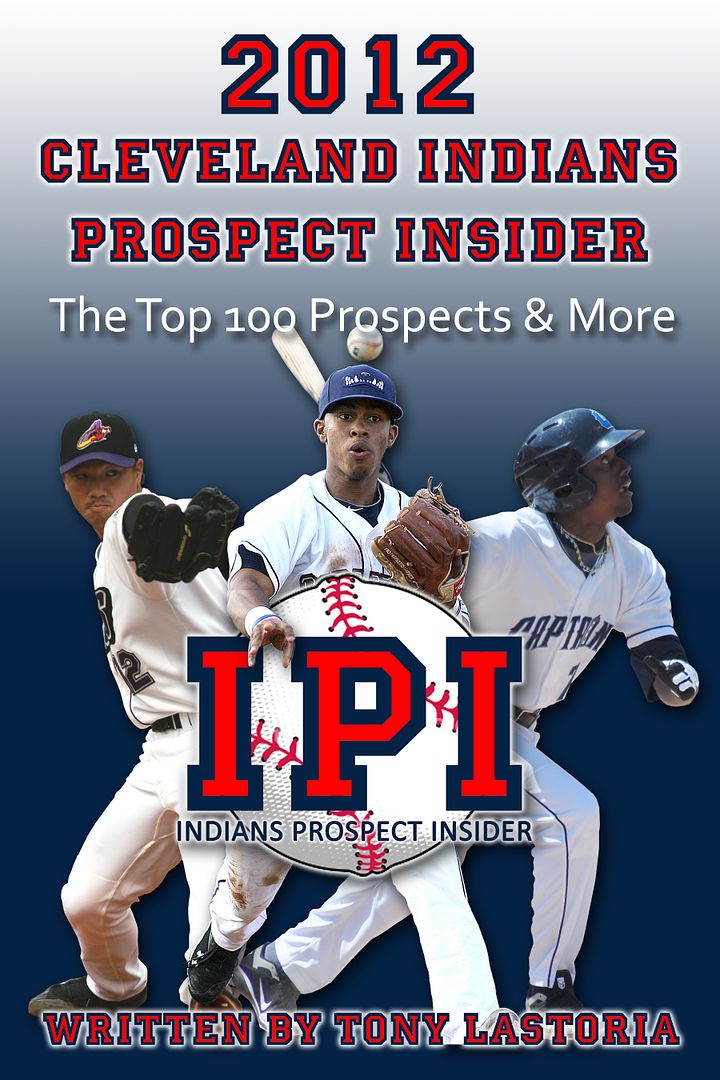
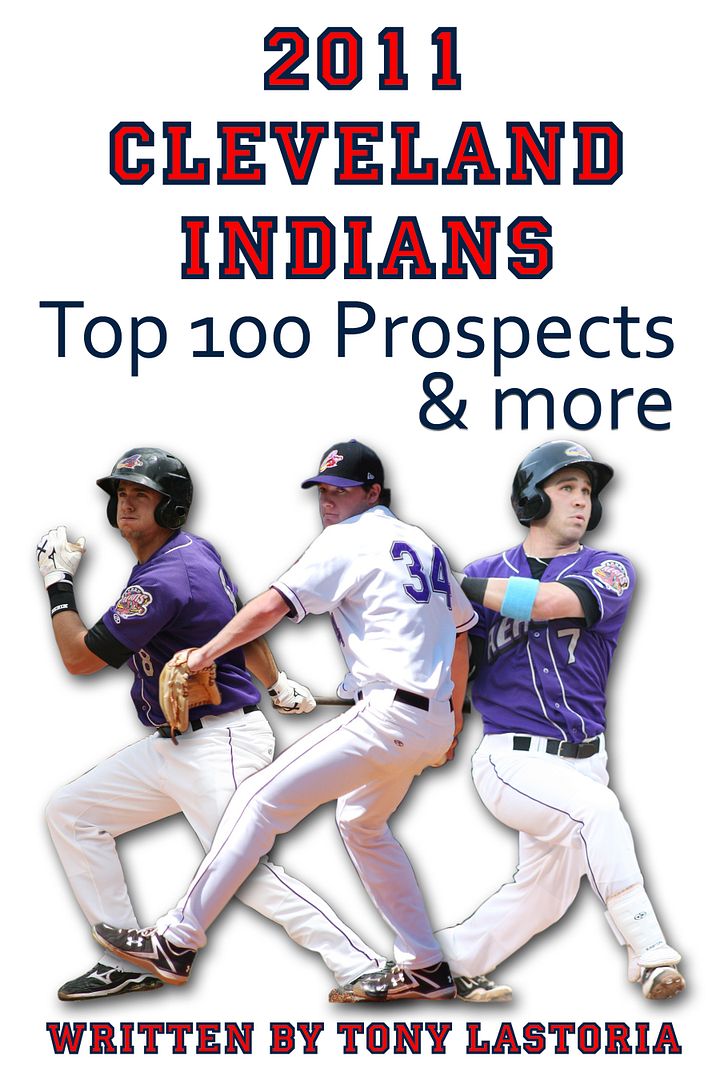
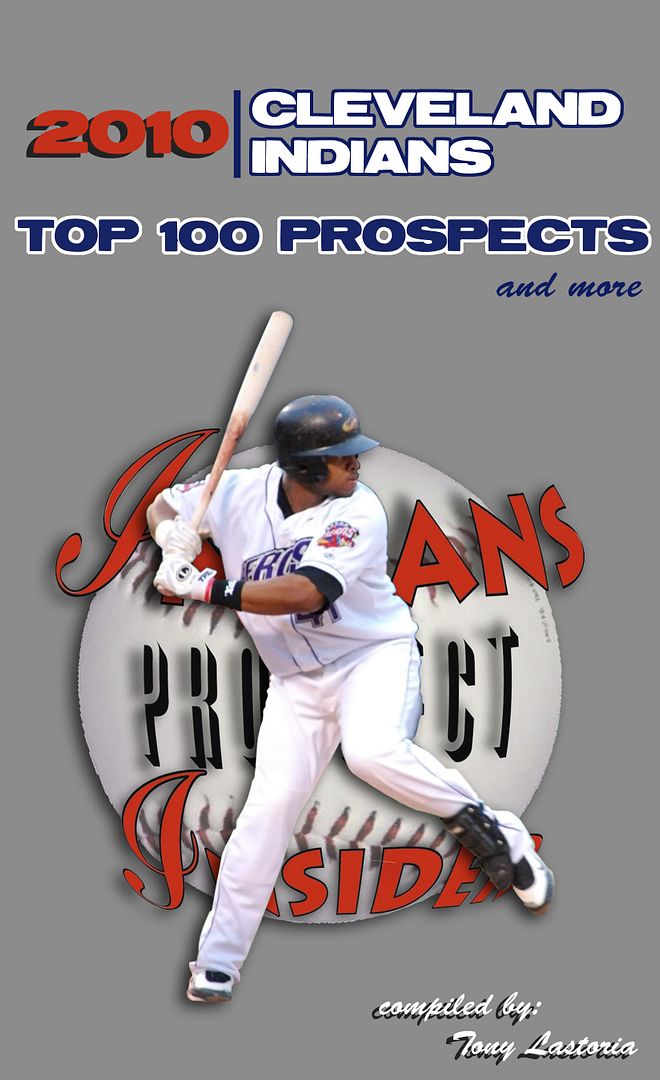
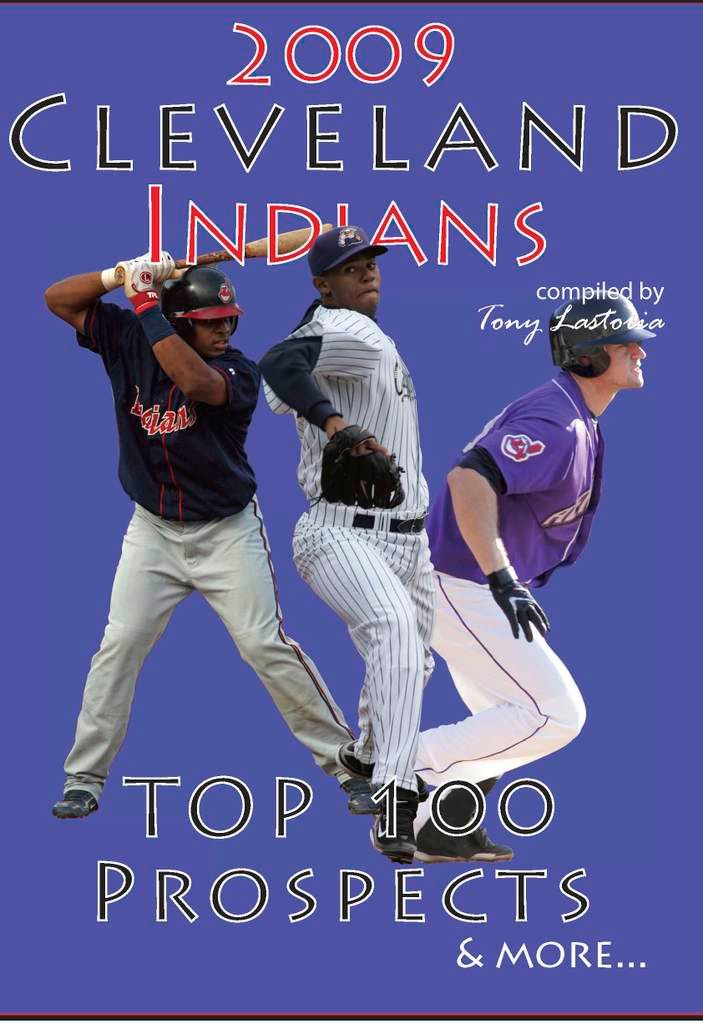
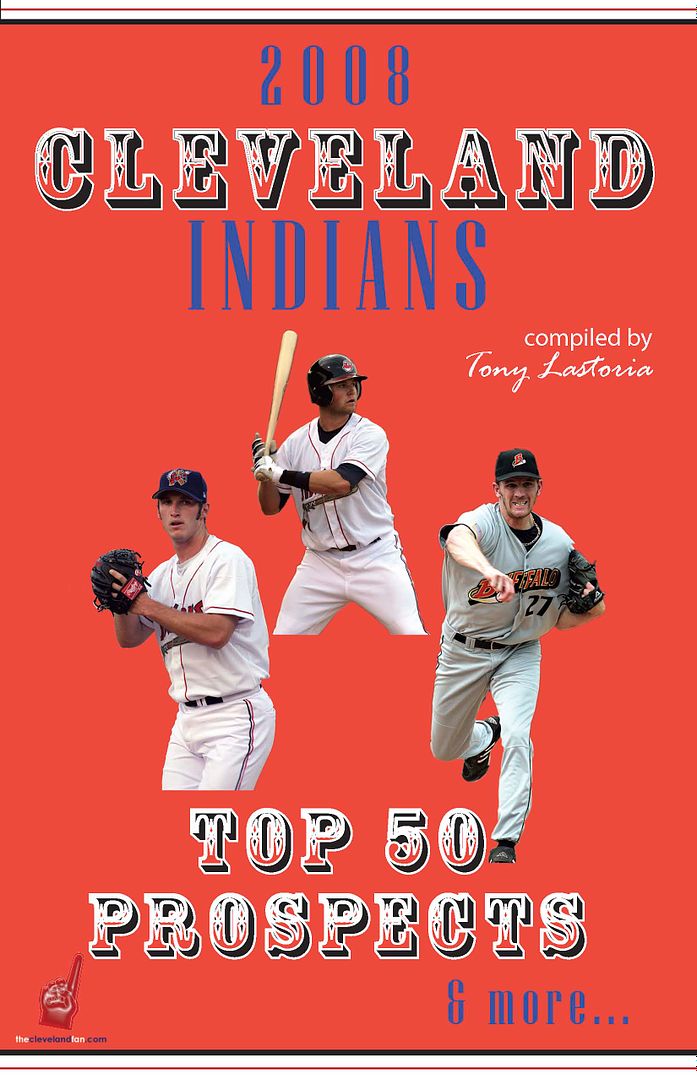
 Everything on this site is free, but for those interested in making any monetary contributions to help support the stability and growth of this site please click on the "Donate" button below.
Everything on this site is free, but for those interested in making any monetary contributions to help support the stability and growth of this site please click on the "Donate" button below.


3 comments:
Quick note: Crisp was a switch-hitter who was MUCH stronger against LHP than Brantley ... well ... is likely to EVER be.
Also, if you're looking for Casey Blake, you have to think Jayson Nix is attempting exactly that.
Good point on Crisp being a switch-hitter and stronger against lefties. I do think though, Brantley will be a much more effective hitter against righties than Crisp was. Kind of interesting to go back and see how productive Crisp was for those 2004-2005 teams, we can only hope Brantley has that affect.
I actually did consider Nix in the Blake role, but felt it would be a big stretch. I consider Nix in 2011 to be more like the 2003v of Blake than 2004.
You nailed it when you said they're drafting better. Or at least they can't be drafting any worse. In my mind, that was the big thing that separated the Indians of the 90s from the Indians of the 00s: The draft. Thome / Belle / Ramirez / Nagy / Giles / Sabathia / Casey vs. well... uh... we almost had Lincecum...
Post a Comment